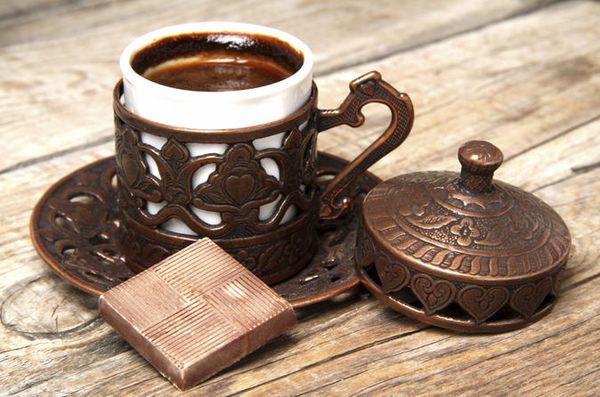News
Turkish Coffee
Turkish Coffee has a brewing style that’s both captivating and artful, rich in cultural significance. It’s not just a drink—it’s a ritual steeped in heritage.
Coffee as a Cultural Ritual
Alcohol is strictly prohibited in Turkey, so coffee has evolved into the nation’s most beloved social beverage. The coffee ritual is central to communication, hospitality, and even wedding celebrations.
Preparation & Recipe
-
Beans & Equipment: Primarily uses Arabica beans that are roasted and freshly ground just before brewing. The coffee is made in a special pot called a cezve (also known as ibrik).
-
Brewing Process: Precise amounts of coffee grounds are measured, soaked, and heated in a small tray filled with hot sand on a stovetop—heated without full boiling, long enough to draw out rich flavor and create a foam.
Brewing Ritual
-
The coffee may be reheated two to three times before being poured slowly from high above into the cup to maximize foam.
-
Spices like ground cardamom, cinnamon, or others are sometimes added to enrich the flavor.
Drinking & Fortune Telling
-
To savor Turkish coffee, one must patiently wait for the grounds to settle—stirring with a spoon is forbidden.
-
A charming tradition: after drinking, the cup is inverted on the saucer, and the coffee grounds’ patterns are read for fortune-telling.
Boiling Method
Coffee aficionados believe this method yields a hot, strong, concentrated cup with a long-lasting aftertaste, even from a small sip. The brief boiling phase preserves purity of flavor.
In Istanbul, the process goes like this:
-
Use half a cup of water + 2 heaping teaspoons of fine coffee in a long-handled pot (cezve/ibrik).
-
Add one spoon of sugar.
-
Heat over medium flame until foaming begins.
-
Stir slightly, pour a bit into a cup, then return pot to heat to foam again.
-
Finally, pour the remainder—grounds and all—into the cup.
-
In Greece, they even boil it three times!
-
Typically, one waits about 2 minutes for the grounds to settle. Some impatient drinkers dip a finger in cold water then into the coffee to speed up settling.
Note on sugar: It’s added at the start, not afterward, so hosts always ask guests beforehand how sweet they like it.
Beans & Flavor
The best Turkish coffee uses purebred Arabica beans that won’t taste bitter after the quick boil. Many, including Ethiopians, believe brewing in an ibrik yields the best results: thick, sweet, and lingering.
Fortune-Telling Tradition
After finishing the coffee, the cup is flipped onto the saucer and swirled so the residue coats the sides. A reader interprets shapes in the dried grounds to predict the future—this is known as tasseography.
Cold Brew Infusion Style
A refined Turkish-style method from the early 20th century, where coffee is steeped in a closed vessel (usually glass), preserving aroma because it’s never boiled.

Coffee experts often use this brewing method to test their products. At least 10 grams of coffee are needed for a single cup. A breakthrough came with Meloir’s invention of an ultra-fine coffee filter, which helps retain the coffee grounds at the bottom of the pot.

 Apple Juice
Apple Juice 